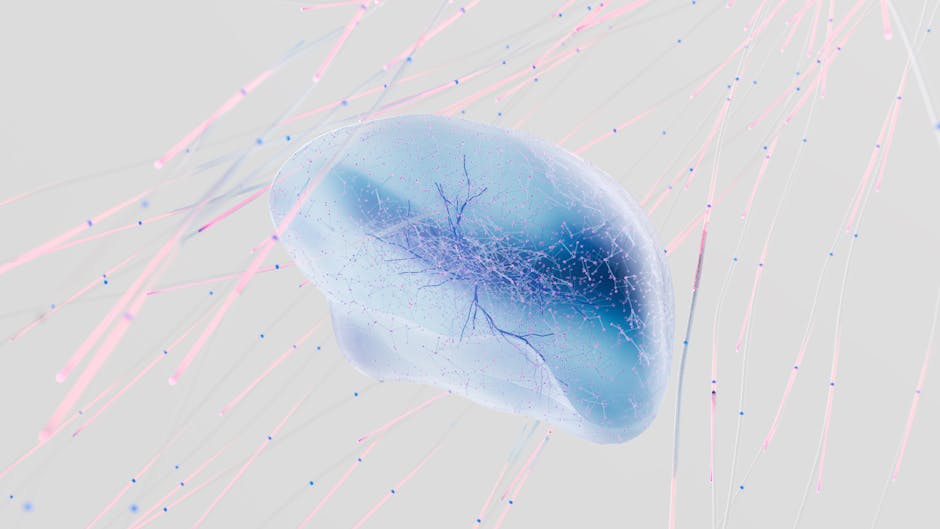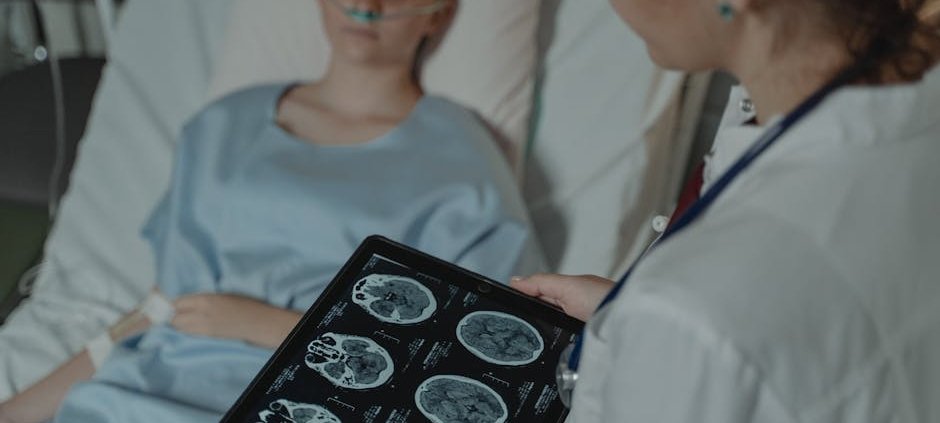Ketamine therapy for PTSD: Top 3 New Hope Solutions
Ketamine therapy for PTSD has emerged as a treatment for those seeking relief from the crippling effects of trauma. For individuals who have grappled with persistent symptoms despite traditional therapies, ketamine offers a fast-acting alternative.
- Quick Relief: Patients often experience improvements in mental well-being shortly after treatment.
- Mechanism: Ketamine targets brain receptors, boosts neurotransmitter levels, and fosters neuroplasticity.
- Evidence-Based: Numerous studies underscore its efficacy, especially in treatment-resistant cases.
Post-traumatic stress disorder (PTSD) can severely interrupt daily life, affecting mental health in multiple ways. Traditional treatments, like SSRIs or talk therapy, provide slower results and don’t always offer complete relief. Research, however, points to ketamine’s ability to bring about faster and often more profound improvements, offering new hope for many.

Basic Ketamine therapy for PTSD glossary:
Understanding PTSD
Post-Traumatic Stress Disorder (PTSD) is a complex anxiety disorder that can develop after experiencing or witnessing a traumatic event. These events can include violence, accidents, or natural disasters. PTSD affects millions of people worldwide and can significantly impair daily functioning.
Symptoms of PTSD
PTSD symptoms are varied and can be overwhelming. They often fall into four main categories:
- Intrusive Memories: Flashbacks, nightmares, and distressing thoughts about the traumatic event.
- Avoidance: Steering clear of places, people, or activities that remind the person of the trauma.
- Negative Changes in Mood and Cognition: Feelings of hopelessness, emotional numbness, and difficulty maintaining close relationships.
- Alterations in Arousal and Reactivity: Being easily startled, always on guard, or experiencing irritability and anger outbursts.
These symptoms can vary in intensity and can make it difficult for individuals to engage in everyday activities or maintain relationships.
Diagnosing PTSD
Diagnosing PTSD involves a thorough evaluation by a healthcare professional. This includes discussing symptoms and their impact on daily life. According to the DSM-5, a diagnosis requires that symptoms persist for more than a month and cause significant distress or impairment.

PTSD as an Anxiety Disorder
PTSD is classified as an anxiety disorder due to its hallmark symptoms of heightened arousal and fear responses. This classification helps guide treatment approaches, which often involve strategies used for other anxiety disorders.
While traditional treatments such as psychotherapy and medications like SSRIs are common, they don’t always lead to complete remission. This is why ketamine therapy for PTSD is gaining attention as a potential breakthrough treatment, offering rapid relief for those who have not found success with conventional therapies.
In the next section, we’ll explore how ketamine works to alleviate PTSD symptoms and the science behind its effects on the brain.
Ketamine Therapy for PTSD
Ketamine therapy for PTSD has emerged as a promising treatment option, especially for those who have not found relief with traditional therapies. One of the most significant advantages of ketamine is its rapid relief of symptoms. Unlike conventional treatments, which can take weeks to show effects, ketamine often provides noticeable improvement within hours. This quick action is crucial for individuals dealing with severe symptoms, offering them a chance to regain control over their lives more swiftly.
Antidepressant Properties
Ketamine’s antidepressant properties are noteworthy, especially for those with treatment-resistant PTSD. It works differently from typical medications by targeting the brain’s NMDA receptors. These receptors are part of the glutamate system, which is essential for normal brain function and mood regulation. By blocking NMDA receptors, ketamine modulates glutamate activity, leading to improved communication between neurons.
NMDA Receptors
The role of NMDA receptors in ketamine therapy is central to its effectiveness. These receptors are involved in synaptic plasticity, which is the brain’s ability to adapt and change. By inhibiting NMDA receptors, ketamine improves neural connectivity and promotes the release of brain-derived neurotrophic factor (BDNF). BDNF supports the growth and survival of neurons, potentially reversing some of the neural damage caused by trauma.

This unique mechanism of action not only provides rapid symptom relief but also helps in repairing disrupted neural pathways associated with PTSD. As a result, patients often experience a significant reduction in symptoms such as depression, anxiety, and intrusive thoughts.
In the next section, we will dig into the clinical trials and research that support the therapeutic effects of ketamine for PTSD, providing a deeper understanding of its potential as a treatment option.
How Ketamine Works
Ketamine therapy for PTSD operates through a fascinating interplay of neurotransmitters, brain connectivity, and mood regulation. Understanding these elements helps explain why ketamine is proving to be a game-changer for many individuals suffering from PTSD.
Neurotransmitters
At the heart of ketamine’s action are neurotransmitters, the brain’s chemical messengers. Ketamine influences several of these, including glutamate, which plays a crucial role in synaptic communication. By modulating glutamate activity, ketamine improves synaptic plasticity, allowing the brain to adapt and reorganize. This process is vital for healing the neural damage often seen in PTSD.
Furthermore, ketamine boosts levels of serotonin and dopamine, neurotransmitters associated with mood regulation. These changes can lead to improved mood and decreased anxiety, offering rapid relief from PTSD symptoms.
Brain Connectivity
Ketamine also impacts brain connectivity, which is how different parts of the brain communicate with each other. Research suggests that ketamine promotes the reorganization of neural connections, a process that can help individuals process traumatic memories more effectively. This reorganization may reduce the emotional response tied to these memories, making them less distressing over time.
Studies have shown that ketamine can reduce connectivity between the amygdala and hippocampus, areas of the brain involved in fear and memory. This reduction can help diminish the intensity of traumatic memories, providing a potential biomarker for successful PTSD treatment.
Mood Regulation
Mood regulation is another key area where ketamine makes a difference. By enhancing neurotransmitter activity and improving brain connectivity, ketamine can stabilize mood and reduce the symptoms of depression and anxiety. This stabilization is crucial for individuals with PTSD, as it allows them to engage more fully in therapeutic interventions and daily life.
The rapid mood improvements seen with ketamine therapy can be attributed to its unique mechanism of action, which differs from traditional antidepressants. While typical treatments may take weeks to affect mood, ketamine often works within hours, providing much-needed relief for those in crisis.
In the upcoming section, we will explore the clinical trials and research that have validated the therapeutic effects of ketamine for PTSD, offering insights into its potential as a transformative treatment option.
Clinical Trials and Research
The potential of ketamine therapy for PTSD has been extensively explored through various clinical trials and research studies. These investigations aim to validate ketamine’s effectiveness and safety as a treatment option for PTSD.
Meta-Analysis
Recent meta-analyses have provided a comprehensive overview of ketamine’s therapeutic effects for PTSD. One significant finding is that ketamine can lead to noticeable improvements in PTSD symptoms, particularly when measured by the Posttraumatic Stress Disorder Checklist for DSM-5 (PCL-5) scores. These improvements are often evident just 24 hours after the first infusion and continue through the treatment period. The results of these analyses underscore ketamine’s potential as a rapid and effective intervention for PTSD, especially when compared to traditional control treatments.
Randomized Controlled Trials
Randomized controlled trials (RCTs) are the gold standard for evaluating treatment efficacy. In the context of PTSD, several RCTs have shown that ketamine can significantly reduce symptoms. For example, a study by Shiroma et al. (2020) demonstrated that ketamine, combined with prolonged exposure therapy, improved the therapy’s efficacy among veterans with chronic PTSD. These findings suggest that ketamine not only works as a standalone treatment but also as an adjunctive therapy, potentially boosting the effectiveness of established PTSD treatments.
Therapeutic Effects
The therapeutic effects of ketamine are linked to its unique action on the brain’s neurotransmitter systems. By modulating glutamate activity and enhancing synaptic plasticity, ketamine helps repair neural damage associated with PTSD. This process is crucial for reducing the emotional intensity of traumatic memories. Moreover, ketamine’s ability to quickly alleviate depressive symptoms is particularly beneficial, given the high comorbidity of PTSD and major depressive disorder.
Overall, the research indicates that ketamine is a promising treatment for PTSD, offering rapid symptom relief and potentially improving long-term outcomes. However, further studies are needed to fully understand its long-term effects and optimal use in various PTSD populations.
In the next section, we will dig into the benefits and risks of ketamine therapy to provide a balanced view of this innovative treatment.
Benefits and Risks of Ketamine Therapy
Rapid Symptom Relief
One of the standout features of ketamine therapy for PTSD is its ability to provide rapid relief from symptoms. Traditional treatments, like antidepressants, often take weeks to start working. In contrast, ketamine can begin to alleviate symptoms like depression and anxiety within hours or days. This quick action is crucial for individuals who have been struggling with persistent symptoms for a long time.
Treatment-Resistant PTSD
For those with treatment-resistant PTSD, ketamine offers new hope. Many patients do not respond well to conventional therapies, leaving them with few options. Ketamine has shown effectiveness where other treatments have failed, making it a valuable alternative for those who have tried multiple medications without success. This can be life-changing for individuals seeking relief from the relentless grip of PTSD.
Side Effects
While ketamine therapy offers significant benefits, it’s important to be aware of potential side effects. Common side effects include drowsiness, dizziness, and lightheadedness. Some patients may experience dissociative effects, feeling detached from their surroundings. However, these effects are generally mild and resolve within a couple of hours after treatment. Clinics ensure safety by monitoring patients closely for up to two hours post-infusion.
It is important to note that ketamine therapy does not typically worsen PTSD symptoms. In fact, studies suggest that it can provide substantial relief without long-term adverse effects. However, the lack of long-term studies means that ongoing research is needed to fully understand the long-term impact of ketamine therapy.
In the next section, we will answer some frequently asked questions about ketamine therapy for PTSD, providing further insights into its use and administration.
Frequently Asked Questions about Ketamine Therapy for PTSD
What is the history of ketamine use for PTSD?
Ketamine has a fascinating history. Initially developed as an anesthetic in the 1960s, it was widely used in medical settings for its pain-relieving and sedative properties. Its ability to provide anesthesia without depressing the respiratory system made it popular in both human and veterinary medicine.
In the 1990s, researchers began exploring ketamine’s potential beyond anesthesia. It was classified as an “investigational new drug” to study its antidepressant effects. Over time, these studies revealed promising results for treating conditions like PTSD, offering new avenues for those who hadn’t found relief through traditional therapies.
How is ketamine administered for PTSD treatment?
Ketamine therapy for PTSD is typically administered through infusion therapy. This means the drug is delivered intravenously in a controlled clinical setting. Patients receive a precise dose of ketamine over a set period—usually around 40 minutes. This method ensures that the drug enters the bloodstream quickly and efficiently, providing rapid relief from symptoms.
During the infusion, patients are closely monitored by healthcare professionals. This allows for the management of any immediate reactions and ensures the treatment is safe and effective. After the infusion, patients are observed for a short period to ensure they are stable before leaving the clinic.
What are the potential side effects of ketamine therapy?
While ketamine therapy can be transformative, it’s important to understand the potential side effects. Drowsiness is one of the most common, often leaving patients feeling sleepy or fatigued after treatment. This typically resolves within a few hours.
Another side effect is the dissociative effects ketamine can produce. Some patients may feel detached from their surroundings or experience changes in perception. While this can be unsettling, it is generally temporary and subsides shortly after the infusion ends.
Clinics take these side effects seriously, monitoring patients during and after treatment to ensure their safety and comfort. The goal is to provide relief from PTSD symptoms with minimal disruption to the patient’s daily life.
Conclusion
Ketamine therapy is emerging as a promising treatment for individuals struggling with PTSD, offering hope where traditional therapies might not have succeeded. At Buy Ketamine Crystals Online, we are committed to providing access to this innovative treatment option, helping pave the way for mental health improvement.
Why Consider Ketamine Therapy?
The benefits of ketamine therapy for PTSD are significant. It provides rapid relief from symptoms, which is crucial for individuals who have been battling the debilitating effects of PTSD for years. Unlike some traditional treatments that can take weeks or months to show results, ketamine’s effects are often felt within hours or days. This immediate impact on mental health can be life-changing for those who have not found relief through other means.
A New Hope for Healing
As research continues to unfold, ketamine therapy is gaining recognition for its ability to restore brain connectivity and improve mood regulation. This innovative approach addresses the root causes of PTSD, offering a new hope for healing. By targeting neurotransmitters and brain pathways, ketamine helps improve overall mental well-being, paving the way for a better quality of life.
Your Journey to Better Mental Health
At Buy Ketamine Crystals Online, we understand the challenges of living with PTSD and are here to support your journey toward better mental health. We offer a range of ketamine products, including crystals, powder, and vials, with discreet delivery to ensure your privacy and convenience.
Explore the potential of ketamine therapy for PTSD and take the first step toward a brighter future. Visit our website to learn more about our products and services, and find how we can help you find the relief you deserve.

































